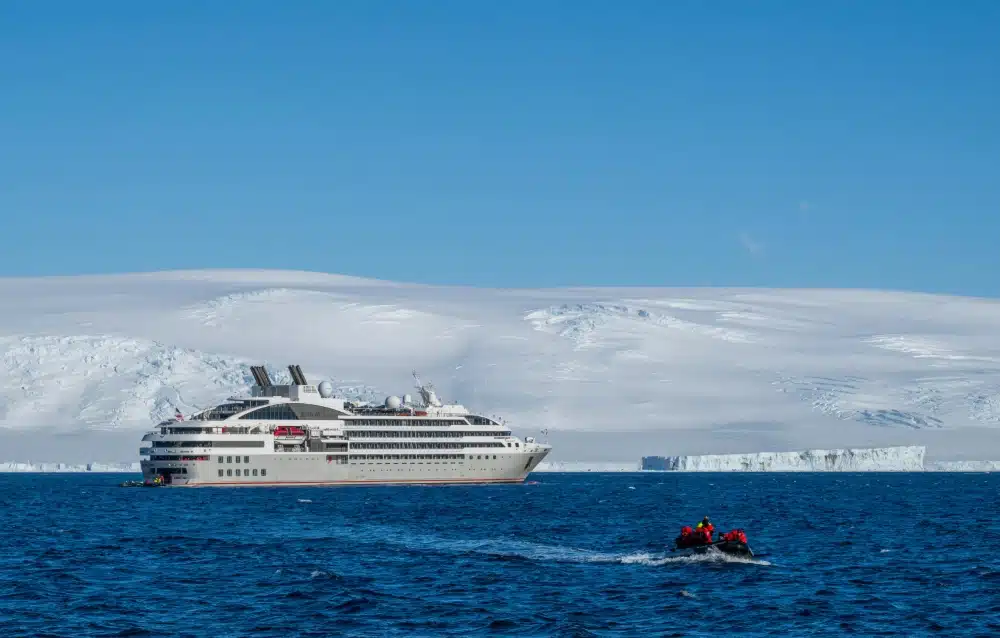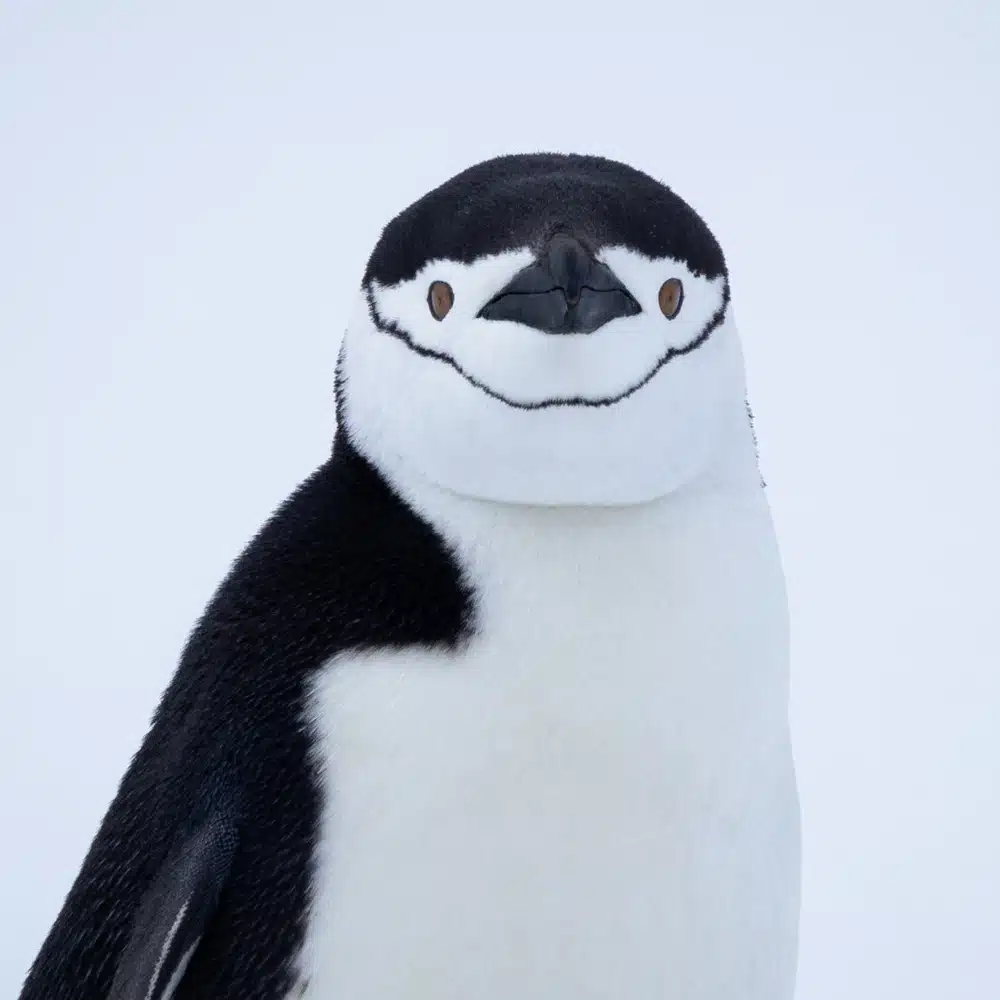When you witness the breathtaking icy spectacle of Antarctica, your thoughts are unlikely to turn to international treaties. But it is precisely the Antarctic Treaty that preserves this white wilderness and allows you to join PONANT on a luxury expedition cruise here. This season, we’re collaborating with Smithsonian Journeys to illuminate the continent’s ecological mysteries. In the meantime, we thought we’d answer the question that might just cross your mind as you explore this vast frontier: Who owns all of this, anyway?
First, some background and history:
Many travelers tend to view Antarctica as ungoverned – and ungovernable. It’s true that there’s less at stake, politically speaking, in a land whose climate has never been amenable to permanent habitation. Yet there is much at stake in ensuring that no single nation controls the entire continent unchecked.
Monopolization of Antarctica is a fairly recent concern, formally avoided a mere 63 years ago with the signing of the Antarctic Treaty. Prior to that, claims to the ice-covered tundra stretched back to 1539, when Spanish armadas braved the chilly waters and mingled with penguins and sea lions – all in the name of a king’s intent to expand his empire.
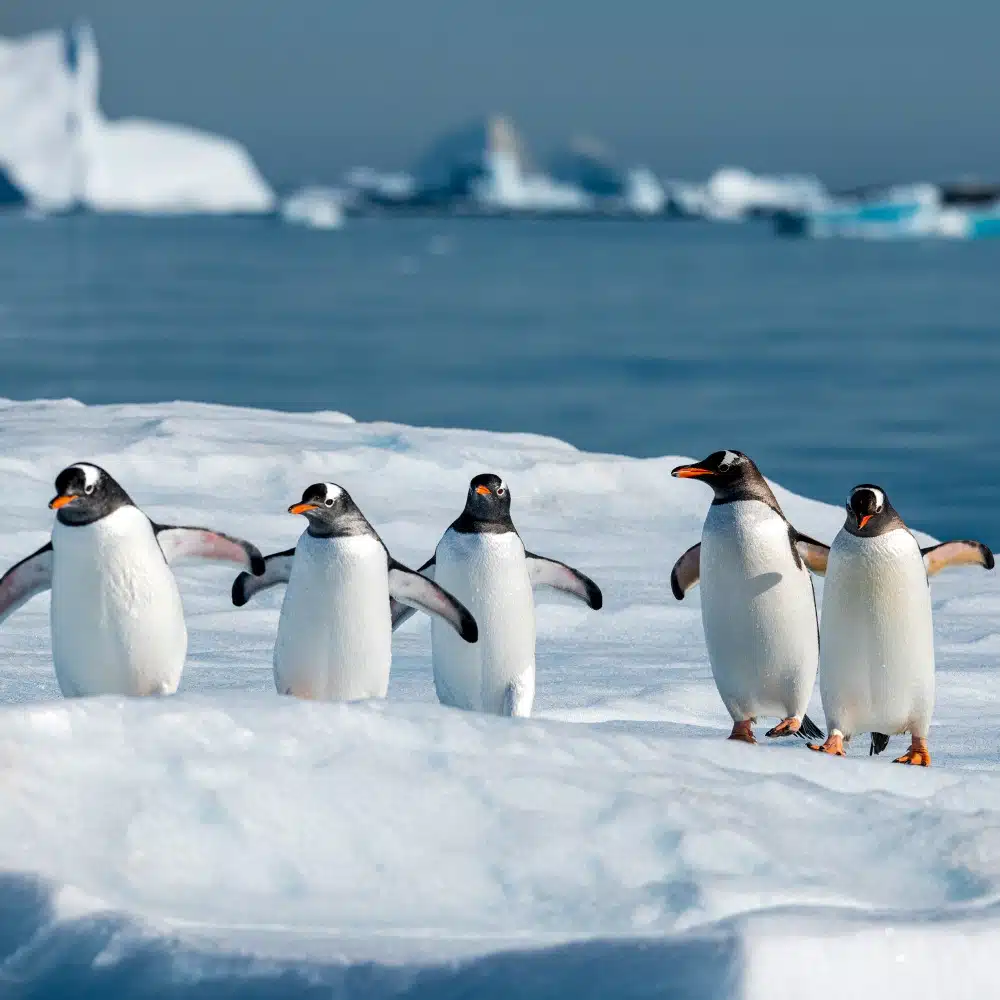
Europe Discovers a Cold New World
Only 16 years after Spain claimed Antarctica, it passed the territory over to Chile in 1555. But history will forever recognize the Spanish Crown as the original owner. Two key documents chronicle as much: In 1493, the Inter caetera papal bull proclaimed that all lands to the “west and south” of the Azores and the Cape Verde Islands belonged to King Ferdinand and Queen Isabella. In 1494, the Treaty of Tordesillas modified the sentiment, settling a dispute between Spain and its rival in exploration, Portugal. It decreed that a specified longitudinal meridian would divide the New World between the two empires, essentially slicing Antarctica down the middle. (We’ll get back to these documents in a moment.)
And so it remained for some 300 years. In 1833, the United Kingdom asserted itself by claiming the Falkland Islands. More islands followed – South Georgia, South Orkneys, South Shetlands, and others. Around 1920, the Under Secretary of State for the Colonies, Leopold Amery, declared that the British Empire should bring the entirety of Antarctica into its fold. He only partially succeeded in convincing Parliament to do so, in 1923. The Ross Dependency territory became property of King George V, then was assigned to the governor-general of New Zealand, at the time a British dominion.
More Europeans followed. In 1840, French explorer Jules Dumont d’Urville (for whom PONANT named one of our ships) discovered the coast of today’s Adélie Land, which he named for his wife. Norwegian whalers, in an attempt to avoid British taxation of whaling stations, claimed their own land. Even the Nazis braved the frosty barrens, claiming a large swathe for themselves by flying over in an airship and dropping darts emblazoned with swastikas every 16 miles. (The Germans never gained a foothold.)

South America Steps In
Meanwhile, Chile and Argentina stood by the Inter caetera papal bull and Treaty of Tordesillas mentioned earlier. Each nation was troubled by the encroachment of European nations. Chile took advantage of a Europe distracted by World War II and established their own Antarctic Territory. For its part, Argentina had occupied several Antarctic islands since the early 1900s.
To both Chile and Argentina’s surprise, Britain launched Operation Tabarin during World War II. The initiative was wide-sweeping in its goals – to remove a neutral Argentina from key waters and islands and thereby deny the Axis use of them, to reassert territorial claims on the continent, and to establish a headquarters at Port Stanley for exploration. The operation is credited with creating the first permanent human settlement in Antarctica.
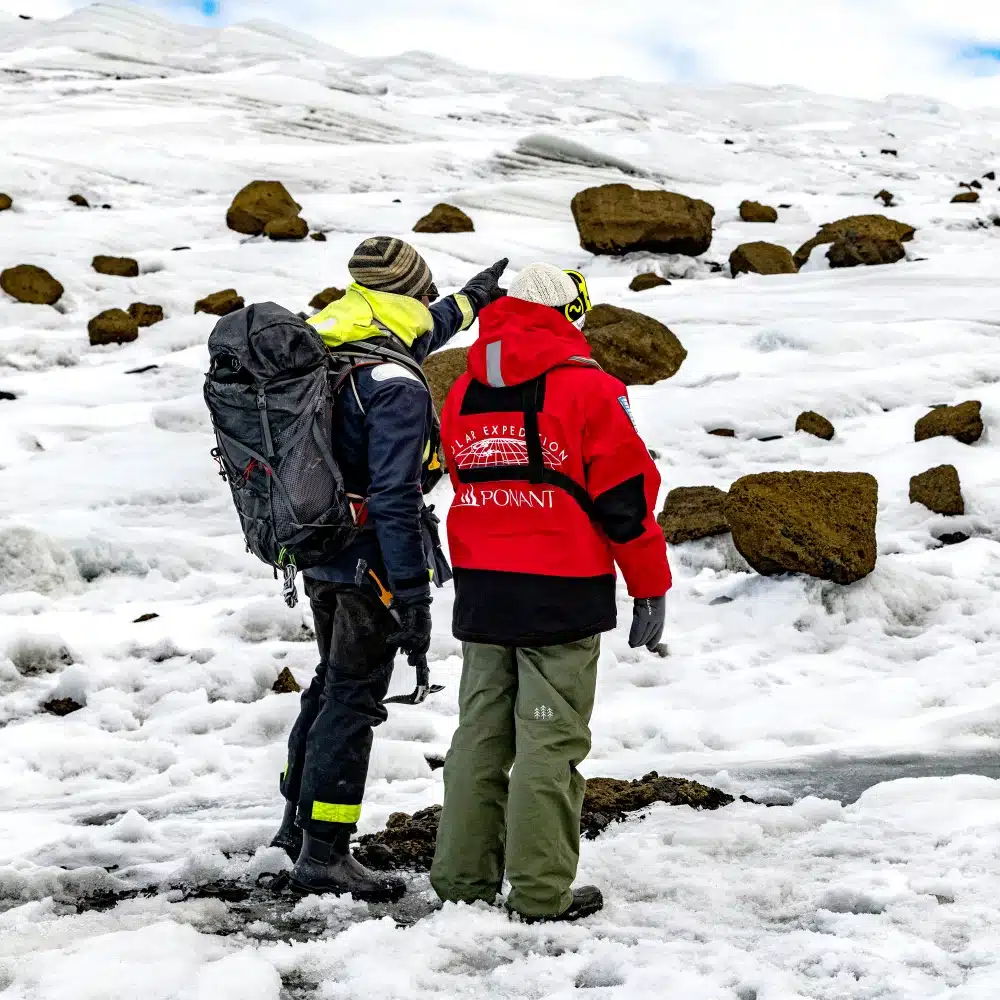
One Continent, Many Nations, and a Miracle of Cooperation
Today, seven countries have territorial claims in Antarctica – Argentina, Australia, Chile, France, New Zealand, Norway, and the United Kingdom. Those claims were ratified in the Antarctic Treaty System of 1961. Far from a simple rationing of land for rationing’s sake, the treaty played a central role in setting the terms of arms control during the Cold War. It not only banned military activity on the continent; it specifically protected the magnificent icy wonderland for scientific inquiry.
For clarity in the treaty, Antarctica was defined as all the land and ice shelves that fall south of the 60˚S latitudinal line. Territorial borders follow straight longitudinal lines to the South Pole, where all borders converge. Imagine, then, lying flat on the precise geographical South Pole, arms and legs outstretched: You would be straddling seven nations!
In all, 54 countries signed the treaty. All agreed to set aside the continent as a scientific preserve. When viewed against a backdrop of a world history full of conflict, environmental degradation, and deadlocks on climate change policy, the Antarctic Treaty System was a small miracle.
Even more so because those straight-lined longitudinal borders are so fluid. Of course, the white continent is so unspoiled and starkly beautiful that borders are hard to establish with any certainty. So no one seems to mind that Argentinian, Chilean, and British lands overlap with each other, or that one country’s research facilities might be built on another country’s land. Many facilities have been established by countries without any land claims at all, such as India, Pakistan, South Africa, and Ukraine. And when several nations signed the treaty – the United States, Russia, Brazil, Peru, Uruguay – they staked out the option to make future land claims.
So who exactly owns Antarctica? In spirit – and in treaty – we’re happy to say that we all do. And we’re grateful that we all respect it as one of the most precious and fragile places on earth.
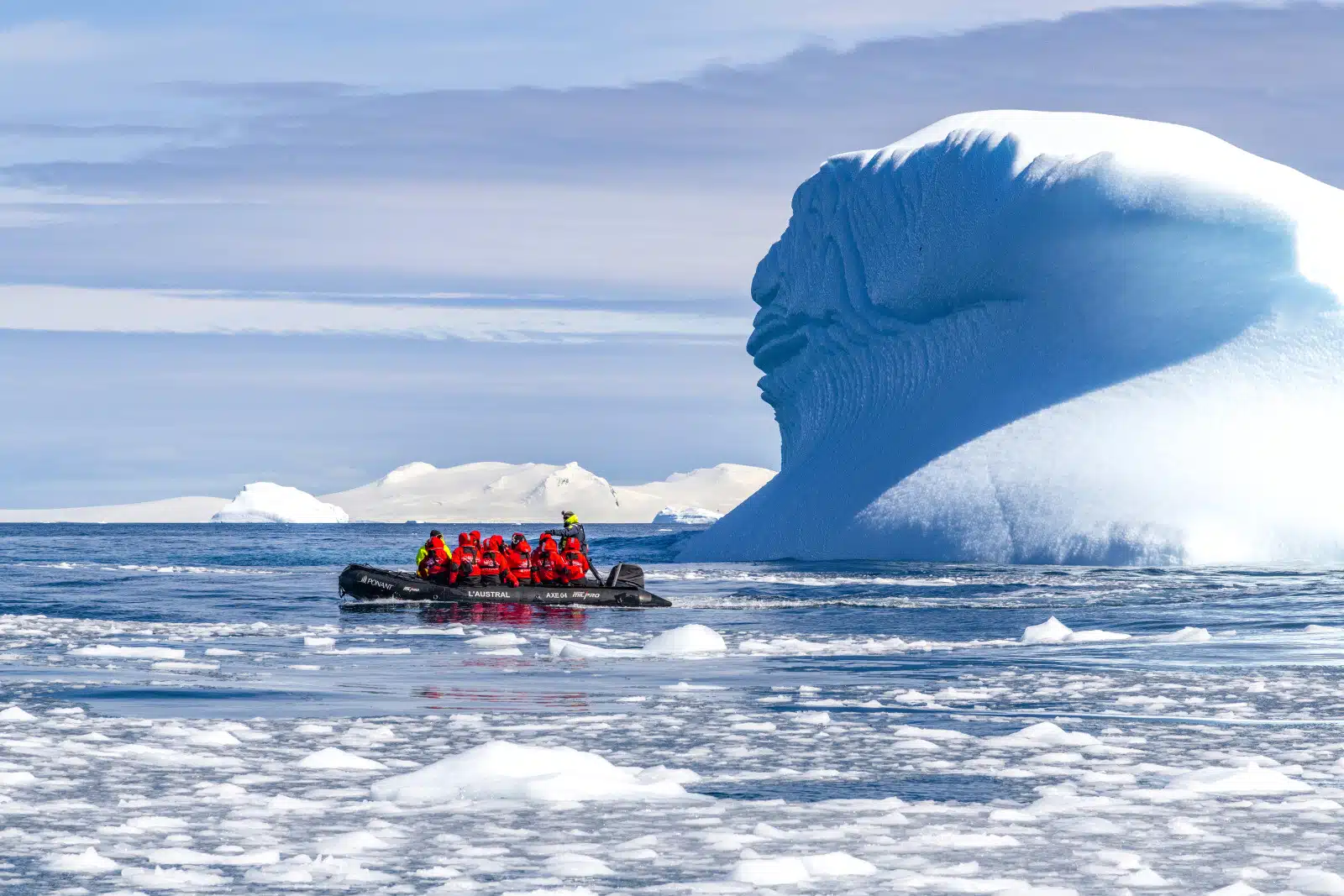

Join Us in Antarctica
We hope you’ll join PONANT and Smithsonian Journeys on Antarctica: The White Continent to uncover its sublime beauty.

